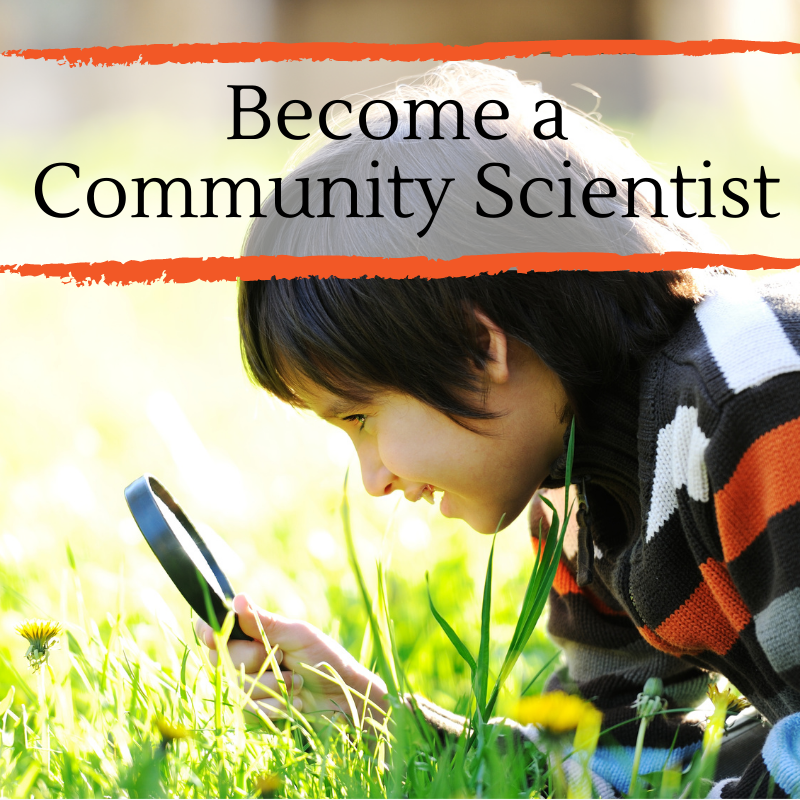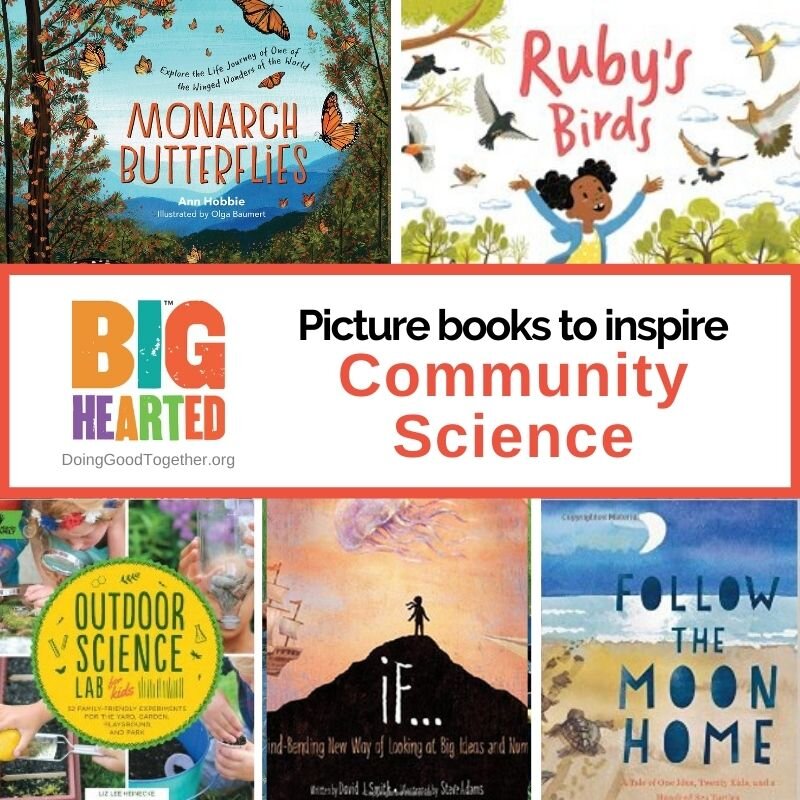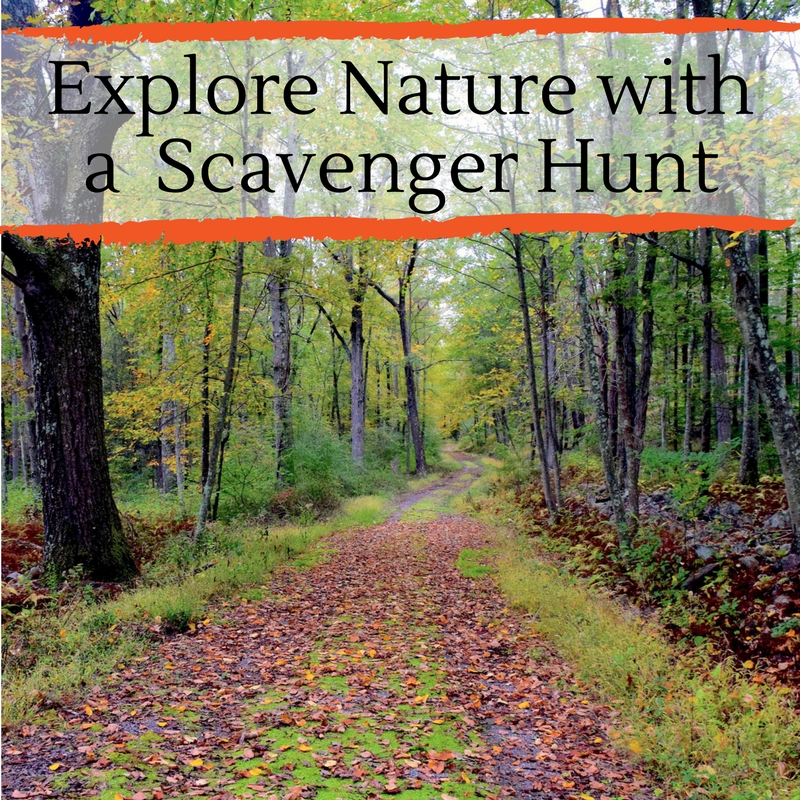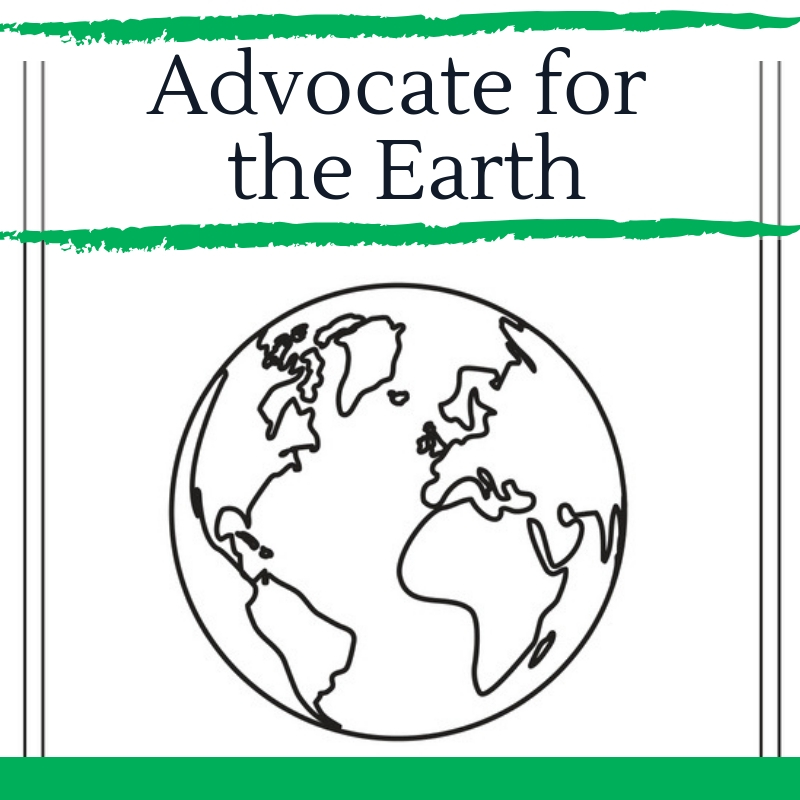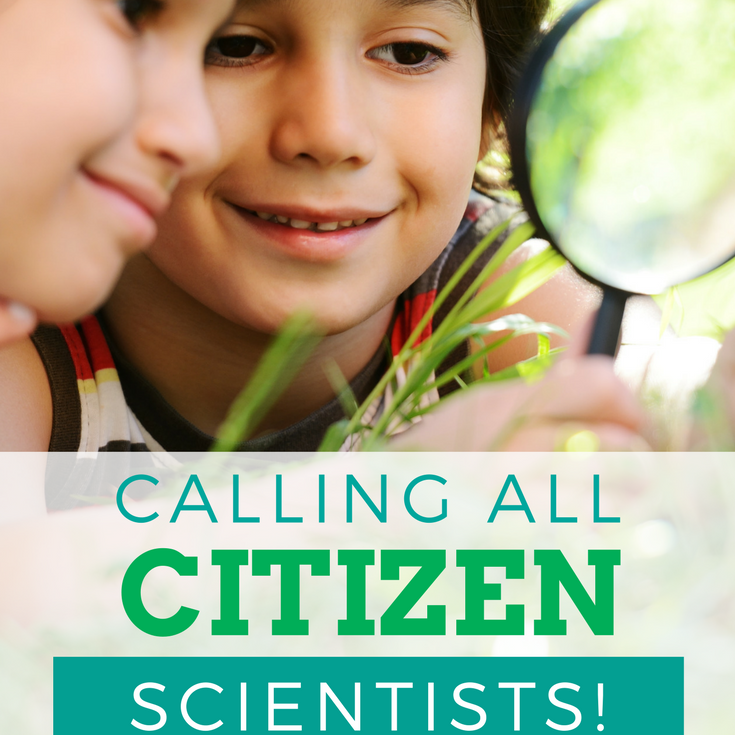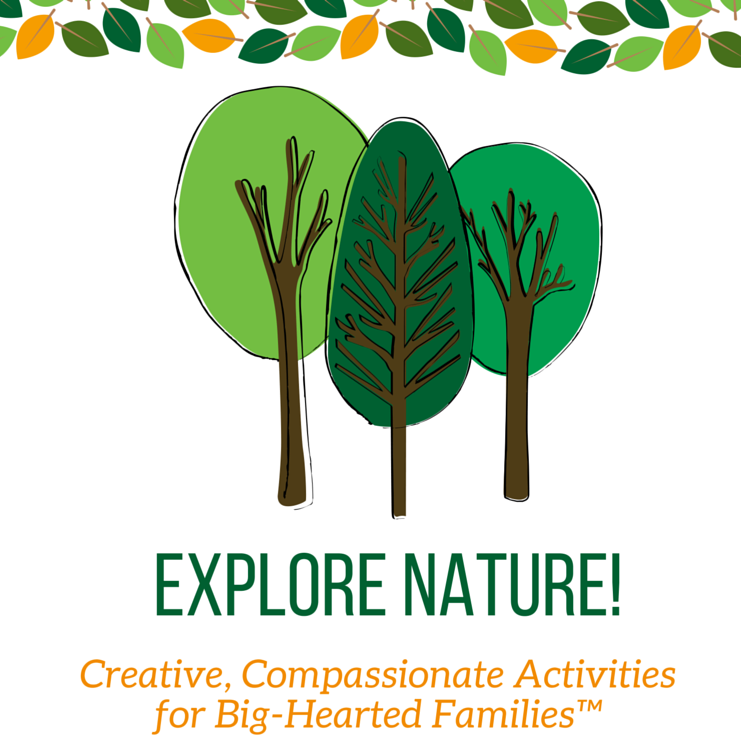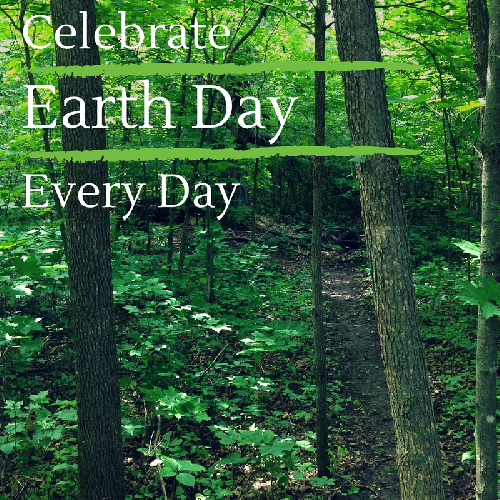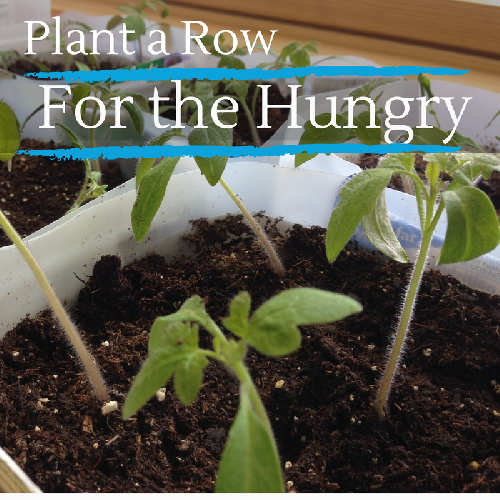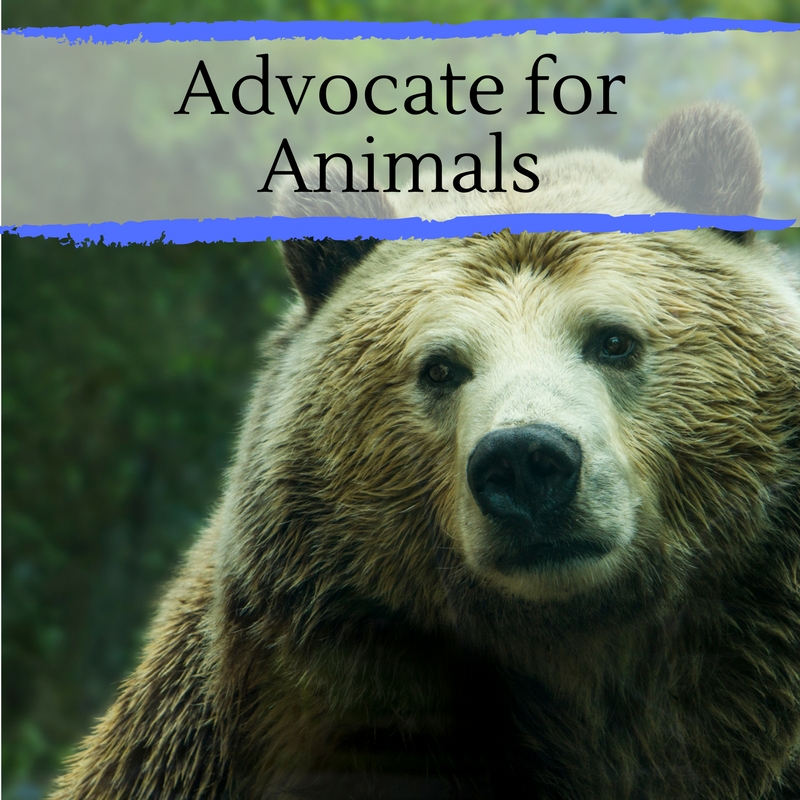Explore our favorite teaching tools.
Like our service projects, this list is continuously evolving. If you don't see your favorite books or websites, we welcome your suggestions in the comment section below.
Books - Preschool and Early Elementary
The Berenstein Bears Go Green by Jan Berenstain and Mike Berenstain (HarperFestival, 2013). When the Berenstain family discovers that the town dump is overflowing, they must find a way to fix the problem before it's too late.
The Lorax by Dr. Suess (Random House Books for Young Readers, 1971). Ages 6-9 years. The Lorax, who speaks for the trees, warns the Once-ler that there are lasting consequences of cutting down trees. Also an animated film.
Rachel Carson and Her Book That Changed the World by Laurie Lawlor, illustrated by Laura Beingessner (Holiday House, 2012). A pioneer in the field of environmentalism, this picture book tells of how Rachel Carson overcame opposition from family and friends to become the author of the famed book, Silent Spring, which linked the effects of humans to the changes in environment.
The Greening Book by Ellen Sabin (Watering Can Press, 2008). Ages 4-8. Through activities and exercises, The Greening Book teaches children that they can make a difference in the future of our planet.
Why Should I Series:
Why Should I Protect Nature?
Why Should I Recycle?
Why Should I Save Water?
Why Should I Save Energy?
All by Jen Green and Mike Gordon (Barron’s Educational Series, 2005). Ages 4-8. The four-book Why Should I? series by Jen Green answers children’s questions about the environment and demonstrates the importance of protecting nature.
Books & Websites - Late Elementary
An Inconvenient Truth: The Crisis of Global Warming by Al Gore (Viking Juvenile, 2007). Ages 10 and up. A version of the best-selling book for younger readers, An Inconvenient Truth explains how our planet is being threatened by rising carbon dioxide levels and what we can do about climate change.
Down To Earth Guide To Global Warming by Laurie David and Cambria Gordon (Orchard Books, 2007). Ages 9-12. An introduction to global warming for kids that provides suggestions on how kids can help combat the problem.
Ecology by Steve Pollock (Children, 2005). Ages 8 and up. An Eyewitness Science book filled with information, photos and drawings that teach about food webs, the water cycle, ecological niches, population growth and evolution.
Hoot by Carl Hiassen (Knopf Publishing, 2002). Ages 10 and up. An ecological mystery for the middle school set in which Roy, a new kid at school, sets out to save some burrowing owls from developers.
How to Save the Planet by Barbara Taylor, illustrated by Scoular Anderson (Oxford University Press, 2000). Fun, simple and comprehensive source for explanations of important environmental issues, including ozone depletion, pollution, garbage and habitat extinction.
True Green Kids: 100 Things You Can Do To Save The Planet by Kim McKay (National Geographic Children’s Books, 2008). Ages 10 and up. Published by National Geographic, this guide to conservation and environmental change lists several easy things kids can do at home, school, and in the community to help save the planet.
Nature Explore
www.natureexplore.org
Resources and ideas for helping your efforts to connect kids with nature.
Eco-Kids
www.ecokids.ca
Activities, games, stories and art that get kids interested in and informed about environmental issues.
Blue Planet (2001)
Frozen Planet (2011)
Life (2009)
Planet Earth (2006)
These BBC documentaries showcase the beauty of species within their natural habitats. Visit remote and previously unexplored locations around the world and learn about how changes to the environment can affect the species.
Books - Young Adult
Dr. Art’s Guide to Planet Earth: For Earthlings Ages 12 to 120 by Art Sussman, Ph.D., illustrated by Emiko Koike (WestEd Publishing, 2000) A systems approach to how the earth works that is compelling, well-organized and understandable. There are also recommendations for what young people can do to help save the planet.
Flush by Carl Hiaasen (Knopf Books for Young Readers, 2005). Young Adult. The second book in Hiaasen’s series of environmental novels and the follow-up to Hoot, Flush is the story of two children who work together to expose the illegal dumping of raw sewage from a casino ship.
Generation Green: The Ultimate Teen Guide to Living an Eco-Friendly Life by Linda Silvertsen (Simon Pulse, 2008). Ages 12 and up. Generation Green offers dozens of tips on how teens can do their part to help save the earth.
Green Careers: Choosing Work for a Sustainable Future by Jim Cassio and Alice Rush (New Society Publishers, 2009). Ever wondered about a having a green job? This book will tell you about the skills, education, and expertise you’ll need, as well as what jobs are available to someone that is looking for an environmentally-friendly career.
The Green Teen: The Eco-Friendly Teen’s Guide to Saving the Planet by Jenn Savedge (New Society Publishers, 2009). Get teenagers interested in living green(er) by promoting this book which is filled with ideas and stories to inspire them.
Books & Organizations - Adult
The Green Parent: A Kid-Friendly Guide to Environmentally-Friendly Living by Jen Savedge (Kedzie Press, 2008). Introducing green living to your children at a young age can create a life-long environmentalist. Simple tasks and fun games teach your children how easy it is to go green.
Plant a tree
Several organizations allow individuals to have trees planted in honor or memory of someone special:


